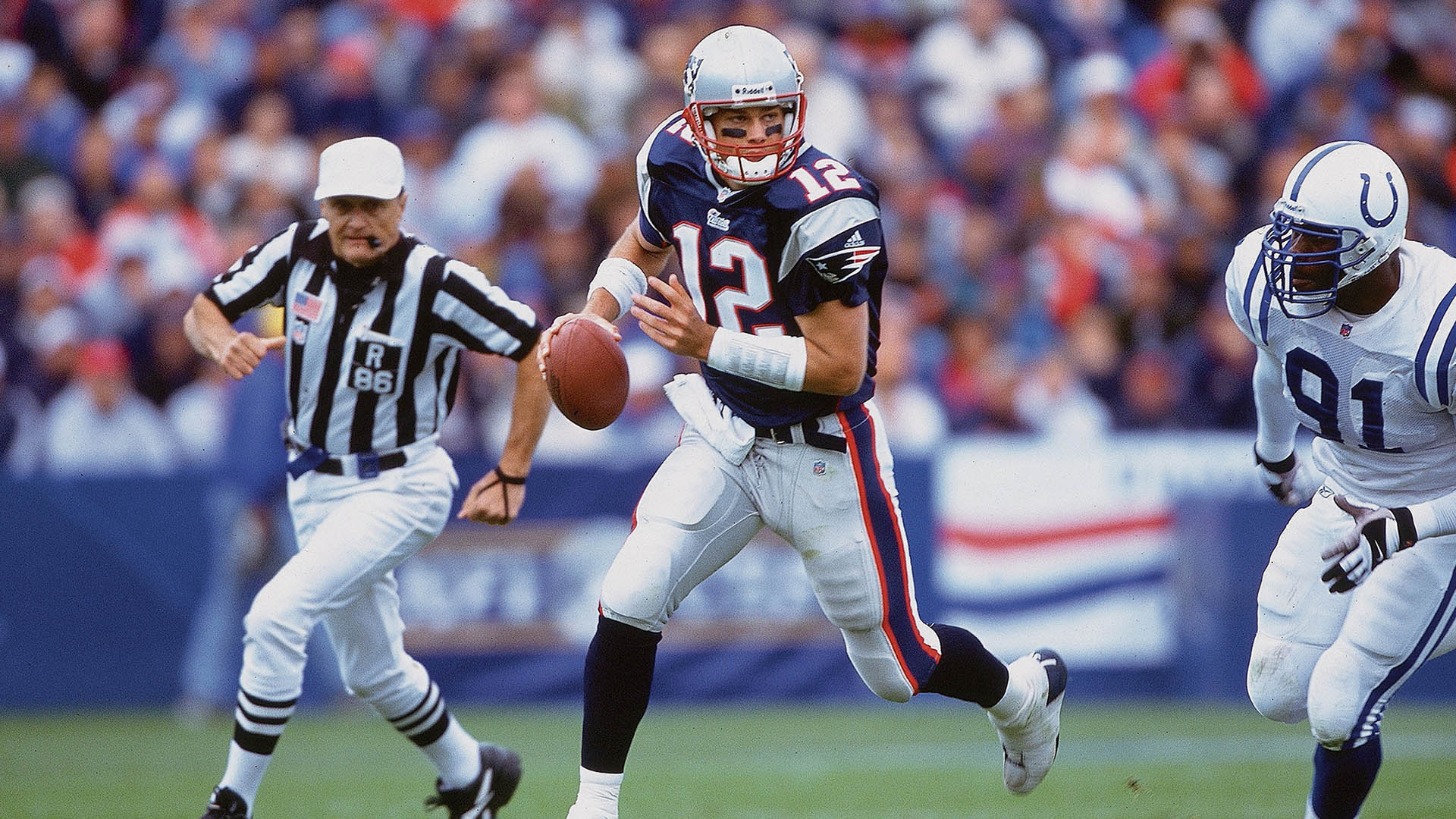It is remarkable how often the standard has changed in the NFL in the past as society has evolved. Sixty years ago, an offense in the professional football league was centered around the running back as quarterbacks were essentially only valued for their leadership abilities in the huddle. The passing game hadn’t become even close to what it is today until Dan Marino introduced a prolific passing threat in the 1980s. It is remarkable how the game has changed even in the past few seasons.

The Standard Quarterback of the 1990s and 2000s
After Marino, the game evolved into the era of pocket passers as quarterbacks were expected to stay in the pocket at all costs in order to allow receivers to get open. Even when I played the game in the late 2000s, a quarterback was told to stay in the pocket and trust the offensive line. The exact quote I made was that once a quarterback went outside the tackles, there was no guarantee of protection as the entire offensive line was blocking with the mindset that the quarterback was staying in the pocket.

This mindset led to elite quarterbacks such as New England Patriots Tom Brady, Indianapolis Colts Peyton Manning and Pittsburgh Steelers Ben Roethlisburger in the mid 2000s. The mindset was simple: awareness triumphed over mobility. As long as a quarterback made good decisions and was able to quickly find a good quarterback before the pass rush reached home, mobility wasn’t really necessary.
Standards Change in Green Bay
In the early 2000s, there were teams that were playing with the concept of a mobile quarterback. Obviously Michael Vick was the epitome of a scrambling quarterback but the Brett Favre/Aaron Rodgers era in Green Bay epitomized a quarterback that was elusive but not necessarily a pure scrambler. I recall watching video of Brett Favre fight off tacklers and run outside the pocket just to throw a deep bomb.

The model specifically with Aaron Rodgers improved as the quarterback essentially used his elusiveness to get outside the pocket where he only had to outrun the defensive end and didn’t have to worry as much about the other pass rushers. With Rodgers elusiveness, the Packers put up record numbers until his recent shift away from the Packers. The quarterbacks of the late 2010s all seem to follow the Rodgers trend.
The Experiment Becomes the Norm
While it’s only a video game, I tend to pay some credit to the quarterback classification that the Madden series has developed. The game has distinguished four types of quarterbacks: pocket passers, scramblers, strong-arm quarterbacks and improvisers. This last class is the one that has seemingly taken over the NFL after Rodgers.

The next big one to come along after Rodgers was Patrick Mahomes. Patrick Mahomes has plenty of ability to take off and run with the ball but his clear objective at all times is to push the ball down the field. Then after Mahomes’ success, that became the model as quarterbacks such as the Buffalo Bills Josh Allen, Cincinnati Bengals Joe Burrow and Philadelphia Eagles Jalen Hurts have all taken the league by storm over the last five years.
In the age of the improvising quarterback, defenses have dramatically increased emphasis on pass rushers as the game continues to change. It is an interesting question to see where to league will be in another ten years or if it will have become flag football by then.
For More Football News:
Follow me on Twitter at @Super_Squatch76. To read more of our articles and keep up to date on the latest in college and NFL news, click here! If there is a topic you’d like me to cover or a question you’d like to ask, feel free to contact me at my email timothy.mcbride76@gmail.com


